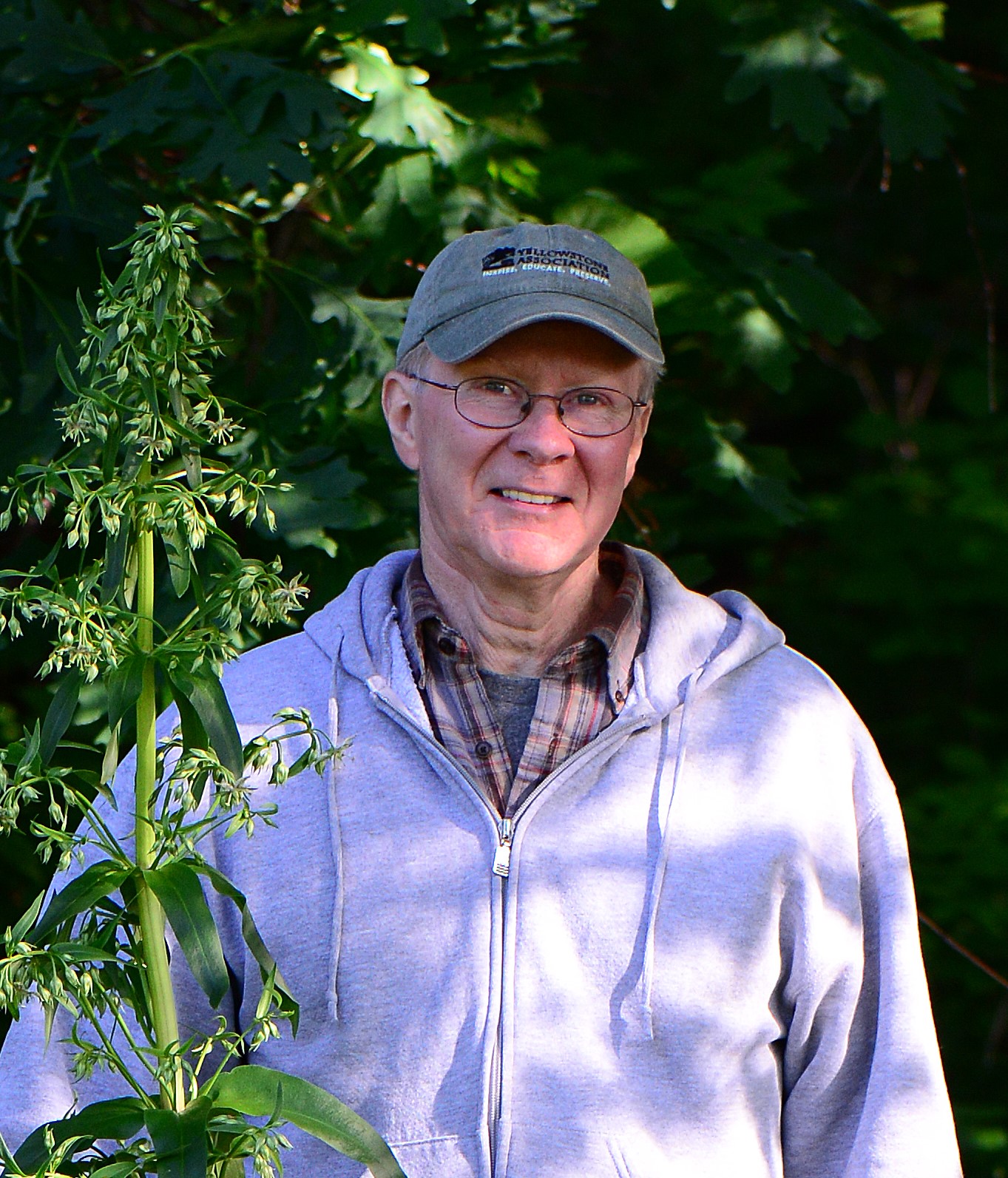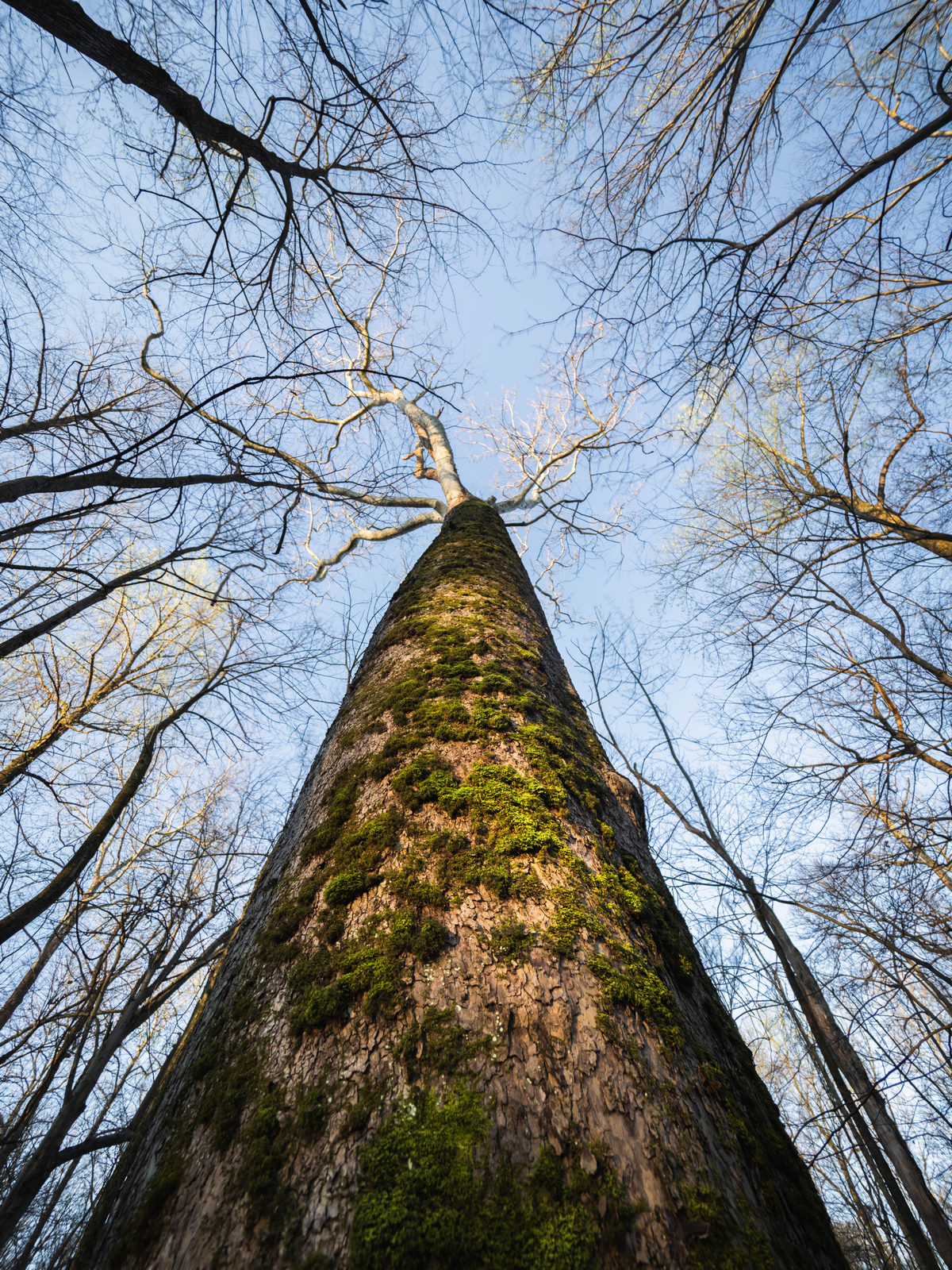
SCHRAMM – Moss on Sycamore Greg Hess FB Inst May 2020
Sycamore photo by Greg Hess
Creating local carbon credits delivers local benefits
Written By: Cliff Chapman
Date Published: December 5, 2024
Cliff Chapman
An Indianapolis Business Journal opinion piece by our President/CEO, Cliff Chapman
You’re probably aware that trees are growing in the Amazon rainforest to offset American corporations’ carbon footprints. You might also know that timber in the Pacific Northwest offers similar carbon credits.
What you likely don’t know is that oaks, hickories, and sycamores in Central Indiana could provide the same corporate carbon credits. And those trees come with added benefits: They contribute to our urban tree cover, improve the air we breathe, and keep some of the money paid for carbon credits close to home.
Admittedly, current close-to-home opportunities for carbon credits are limited. (In full disclosure, mine is the only organization that has local credits available for purchase.) But that could change if more organizations get involved.
In recent years, you’ve likely heard a lot about carbon credits, especially as more companies have embraced “net zero” policies, seeking to virtually eliminate their negative environmental impact. While such efforts can take a number of forms, the approach that gets the most attention is planting and protecting forests, and the bulk of that attention goes to large-scale reforestation efforts like those in the Amazon. But that focus overlooks an additional option that can produce carbon credits while also delivering closer-to-home benefits: urban forests.
Wooded areas in and around cities are dwarfed by ecosystems like the Amazon rainforest, but these urban forests nonetheless provide relief to our planet and nearby communities. They also provide opportunities for carbon credits.
Now, that doesn’t mean that anyone who owns a clump of trees in a city can start offering carbon credits. On the contrary: To provide credits, properties must meet specific qualifications set by national nonprofit carbon credit registry and certification organization City Forest Credits, one of five North American organizations whose independent carbon standards are endorsed by the International Carbon Reduction and Offset Alliance, the Geneva, Switzerland-based organization that oversees the global voluntary carbon market.
City Forest Credits certifies only urban-area properties that are protected in some way—by an easement, for example, or a deed restriction or ownership by a preservation organization—and that would be at risk of development without protections. Properties that meet those basic standards are assessed, scored, and valued for carbon credits based on factors such as type and quality of trees, watershed benefits, impact on public health and well-being, and plans for preservation and improvement.
In July, the Indianapolis City-County Council passed Resolution 246, committing to developing a plan to protect urban forests. The resolution declares that Marion County alone has 59 square miles of urban forests, with 9 square miles being protected as part of Indy Parks. Surrounding counties have many more urban-forest acres that would qualify for carbon credits.
Tapping into that value won’t happen overnight. The process is complex and lengthy. It takes willing landowners, the forging of legal protections, and property evaluation and assessment. It will require the participation of municipalities and corporations.
But it will be worth it, as local companies can get the carbon credits they need, and the community gets a range of benefits, including local investment, corporate support of nearby nonprofits, protected green spaces, cleaner air, and recreation areas.
So I call on nonprofits, developers, landowners, and government officials to get to work. Let’s collaborate to identify green spaces that could provide carbon credits and unlock the benefits for local corporations and the community. Let’s keep carbon investments close to home and reap rewards for the whole region.
This article first appeared in Indianapolis Business Journal.

Ben Valentine
Guest Blogger
Ben Valentine is a founding member of the Friends of Marott Woods Nature Preserve and is active in several other conservation organizations. He leads a series of NUVO interviews with Indiana's environmental leaders, and he cherishes showing his son all the wonders of nature he grew up loving.

DJ Connors
Guest Blogger
DJ Connors, a Central Indiana native and late-to-life hunter, combines a lifelong appreciation for wildlife and the outdoors with a deep passion for exploring the natural beauty of the area he has called home for most of his life. As a husband and father of three, he is committed to ensuring his children have the same opportunities to connect with nature and appreciate the outdoors in their community. DJ’s unique journey into hunting emphasizes sustainability, responsible stewardship, and the importance of preserving these experiences for future generations.

Bridget Walls
Guest Blogger
Bridget is our first ever Communications and Outreach Intern. She is a graduate of Marian University, where she combined English, studio art, and environmental sciences in her degree studies. As treasurer for Just Earth, the university's environmental club, she helped plan events encouraging a responsible relationship between people, nature, and animals.

Jordan England
Guest Blogger
Jordan England is a lifelong Shelby County resident who graduated from Waldron Jr. Sr. High School (just a few miles from Meltzer Woods!). After earning her B.S. degree in Retail Management from Purdue University, she returned to Waldron to start a family with her husband, Brian. Together they have 3 young children and enjoy sharing with them their love of the community. Jordan is the Grants and Nonprofit Relations Director at Blue River Community Foundation, managing BRCF’s grant program, providing support to local nonprofits, and promoting catalytic philanthropy in Shelby County.

Cliff Chapman
President and CEO
As CILTI’s President and CEO, Cliff keeps CILTI’s focus on good science and stewardship. He’s mindful that the natural places you love took thousands of years to evolve and could be destroyed in a single day, and that knowledge drives his dedication to their protection.
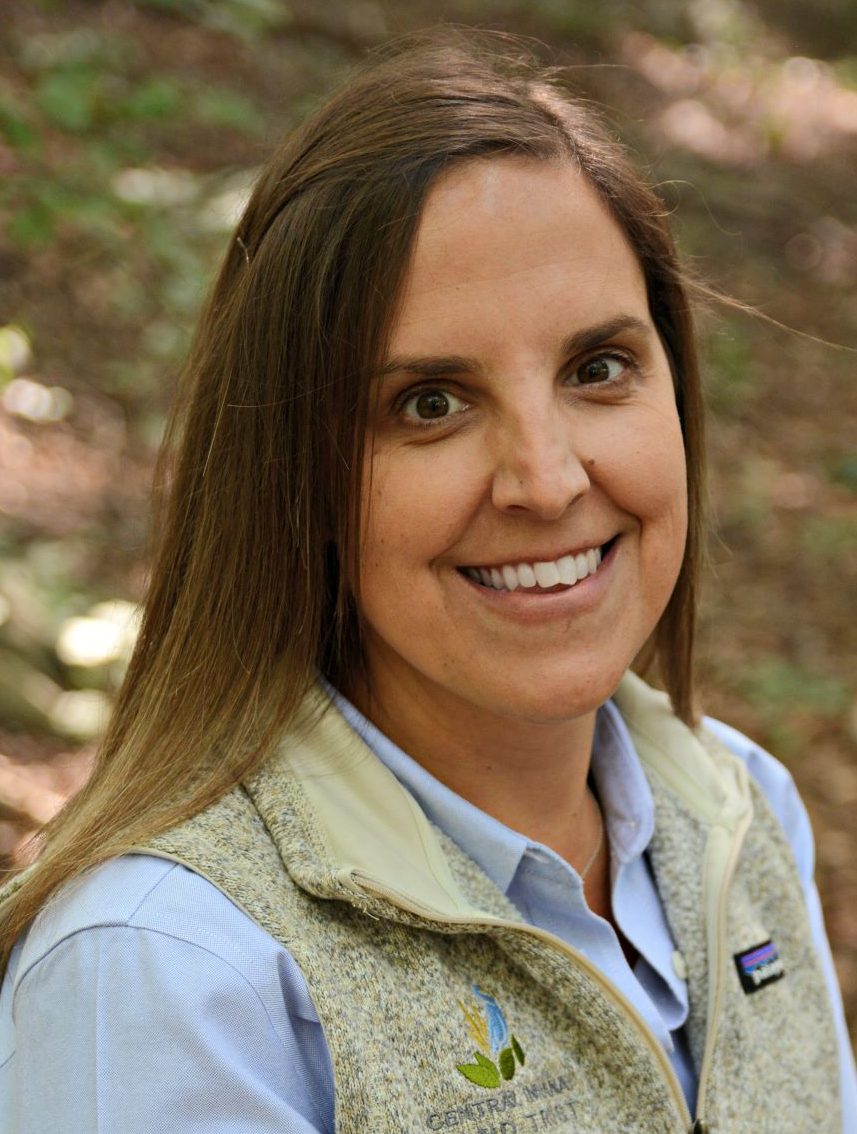
Stacy Cachules
Chief Operating Officer
Among her many key duties as Assistant Director, Stacy has the critical task of tracking our budget, making sure we channel donations for maximum efficiency. When her workday’s done, Stacy loves to spend time with her two young boys—and when not traveling, she’s likely planning the next travel adventure.

Ryan Fuhrmann
Vice Chair
Ryan C. Fuhrmann, CFA, is President and founder of Fuhrmann Capital LLC, an Indiana-based investment management firm focused on portfolio management. Ryan’s interest in land conservation centers around a desire to help preserve natural habitats for wildlife and the subsequent benefits it brings to people and the environment.

Joanna Nixon
Board Member
Joanna Nixon is the owner of Nixon Consulting, an Indianapolis-based strategy and project management firm focused on the nonprofit sector. She currently serves as the Philanthropic Advisor for the Efroymson Family Fund. Prior to opening her consulting practice in 2000, Joanna was vice-president for grantmaking at Central Indiana Community Foundation (CICF). Joanna has more than 25 years of experience in the nonprofit and arts and culture sector. She is passionate about the environment and loves bringing big ideas to life and creating high-quality arts and culture programs and experiences. Joanna enjoys outdoor adventures, including competing in fitness obstacle course races and hiking with her high energy Australian Cattle Dog, Jackson.

Karen Wade
Board Member
Before retiring, CILTI board member Karen Wade worked for Eli Lilly & Co. In retirement she volunteers for a number of organizations, including the Indiana Master Naturalist program, Johnson County Native Plant Partnership CISMA, Meadowstone Therapeutic Riding Center, and Leadership Johnson County.

David Barickman
Development Systems Manager
Born and raised in Central Illinois, David spent many days as a child wandering around the river, forest and lakes there. He works behind the scenes as a key member of our fundraising team. When not working, David loves to be outdoors hiking, fly fishing, kayaking or woodworking.

Jamison Hutchins
Stewardship Director
Jamison leads our stewardship team in caring for the land that is so important to you. He comes to our team after eight years as Bicycle and Pedestrian Coordinator for the city of Indianapolis, where his work had a positive impact from both health and environmental perspectives.

Jen Schmits Thomas
Media Relations
An award-winning communicator and recognized leader in Central Indiana’s public relations community, Jen helps us tell our story in the media. She is the founder of JTPR, which she and her husband John Thomas own together. She is accredited in public relations (APR) from the Public Relations Society of America, and loves to camp and hike in perfect weather conditions.

Shawndra Miller
Communications Director
Shawndra’s earliest writing projects centered around the natural world, starting when a bird inspired her to write her first “book” in elementary school. Now she is in charge of sharing our story and connecting you to our work. Through our print and online materials, she hopes to inspire your participation in protecting special places for future generations.

Phillip Weldy
Stewardship Specialist
Phillip enjoys nature’s wonders from an up-close-and-personal perspective as he works to restore the natural places you love. As an AmeriCorps member in Asheville, NC, he had his first full immersion in relatively undisturbed land while reconstructing wilderness trails in National Parks and National Forests.
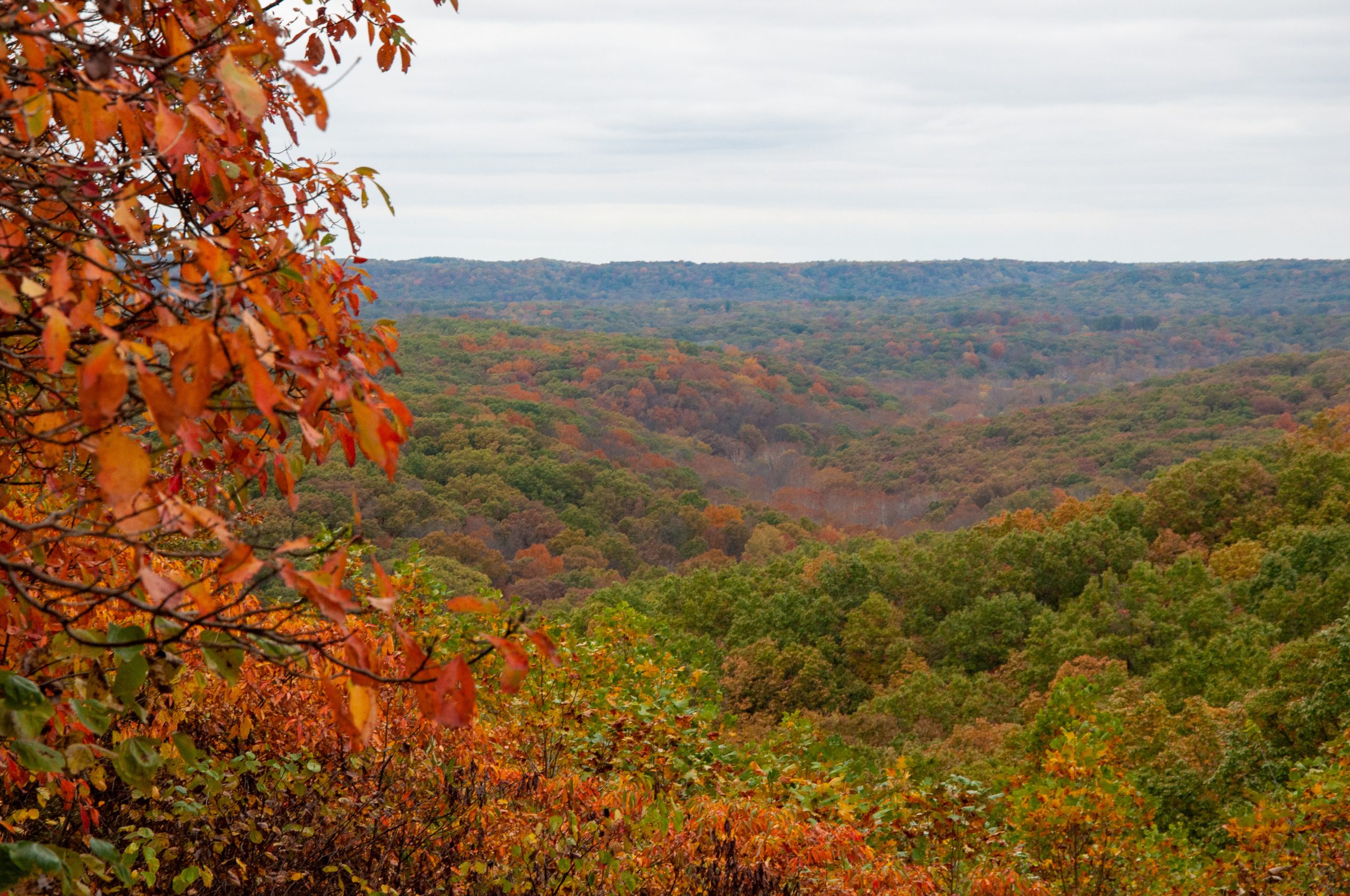

December 11, 2025
Brown County is beloved for its vistas of iconic Southern Indiana hills. Now the forests under protection in the county include another 89 acres. That’s all thanks to our members’ generosity!
Betley Woods,Blossom Hollow,Callon Hollow,Newsroom,Properties
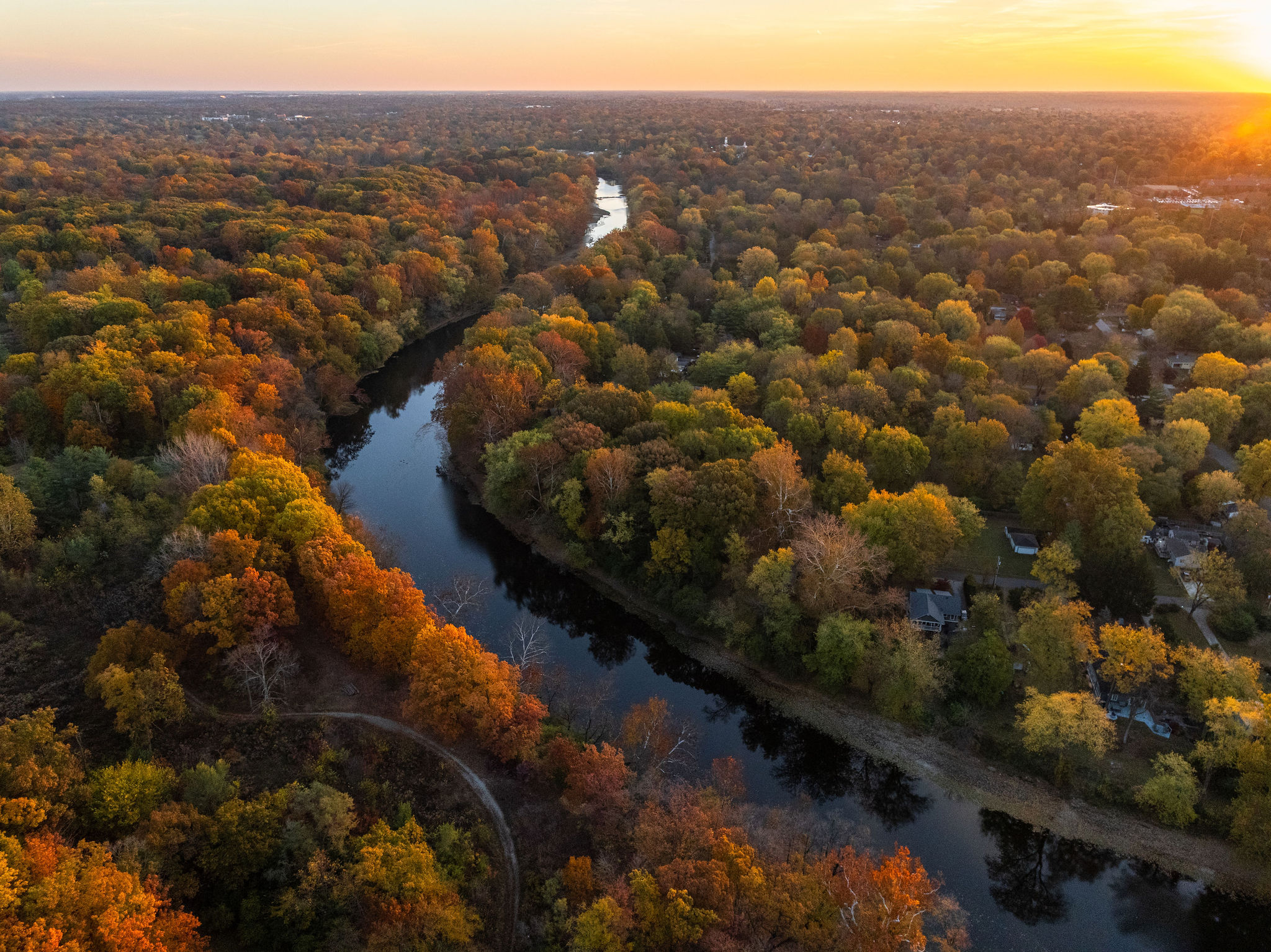

December 9, 2025
Board member Ryan C. Fuhrmann, CFA, is President and founder of Fuhrmann Capital LLC, an Indiana-based investment management firm. As our incoming board chair, Ryan brings a strong desire to preserve natural habitats for wildlife. We asked him to share his perspective on making gifts of stock to the [...]
Newsroom
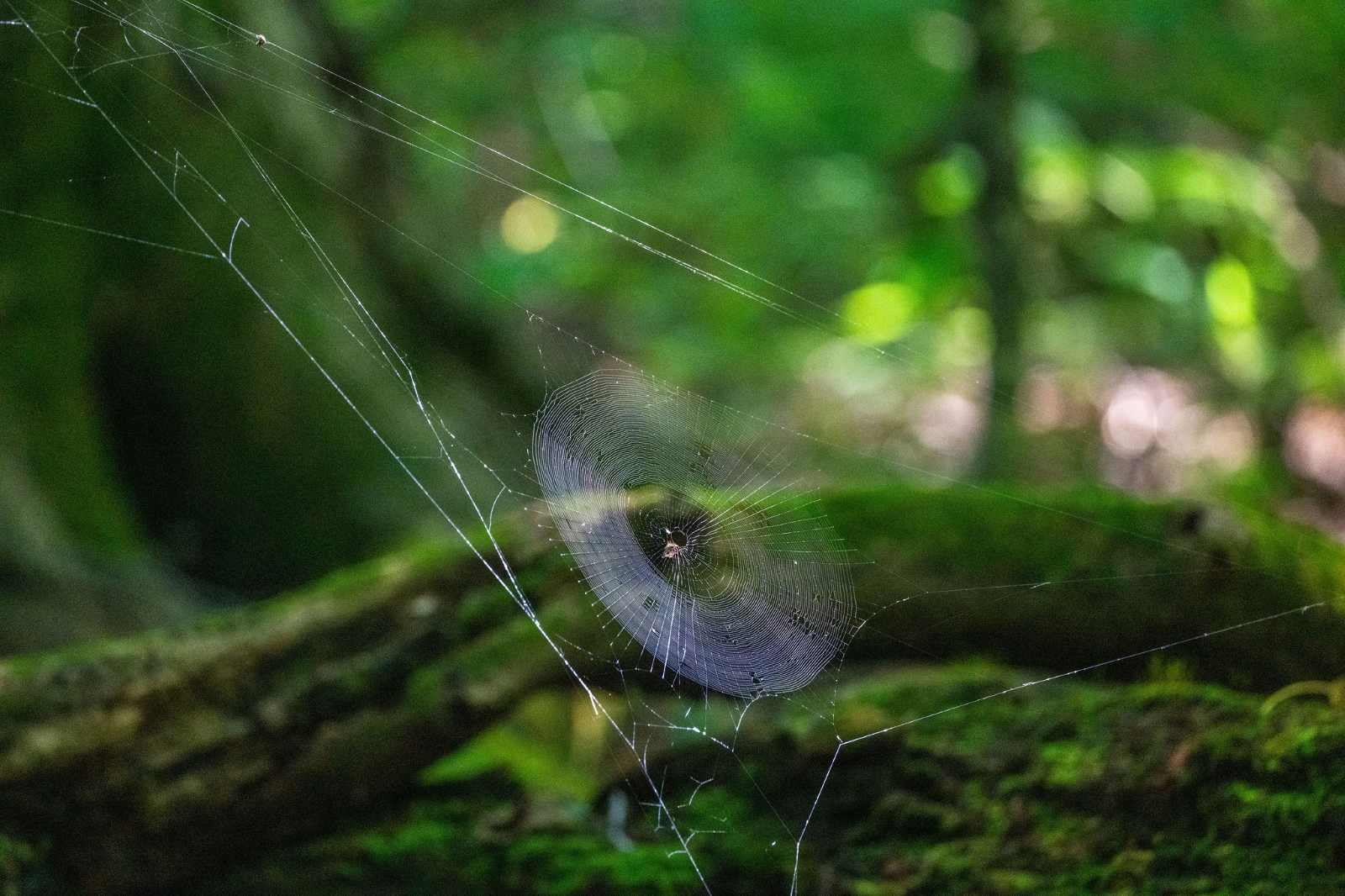

December 2, 2025
Our board member, John Bacone, reflects on conserving key natural areas. He led the Department of Natural Resources Division of Nature Preserves for over four decades. Years ago, when I was working in the Indiana DNR Division of Nature Preserves (DNP), I asked Bob Waltz, the State Entomologist, how [...]
Betley Woods,Blossom Hollow,Homepage,Meltzer Woods,Newsroom,Properties,Stewardship





